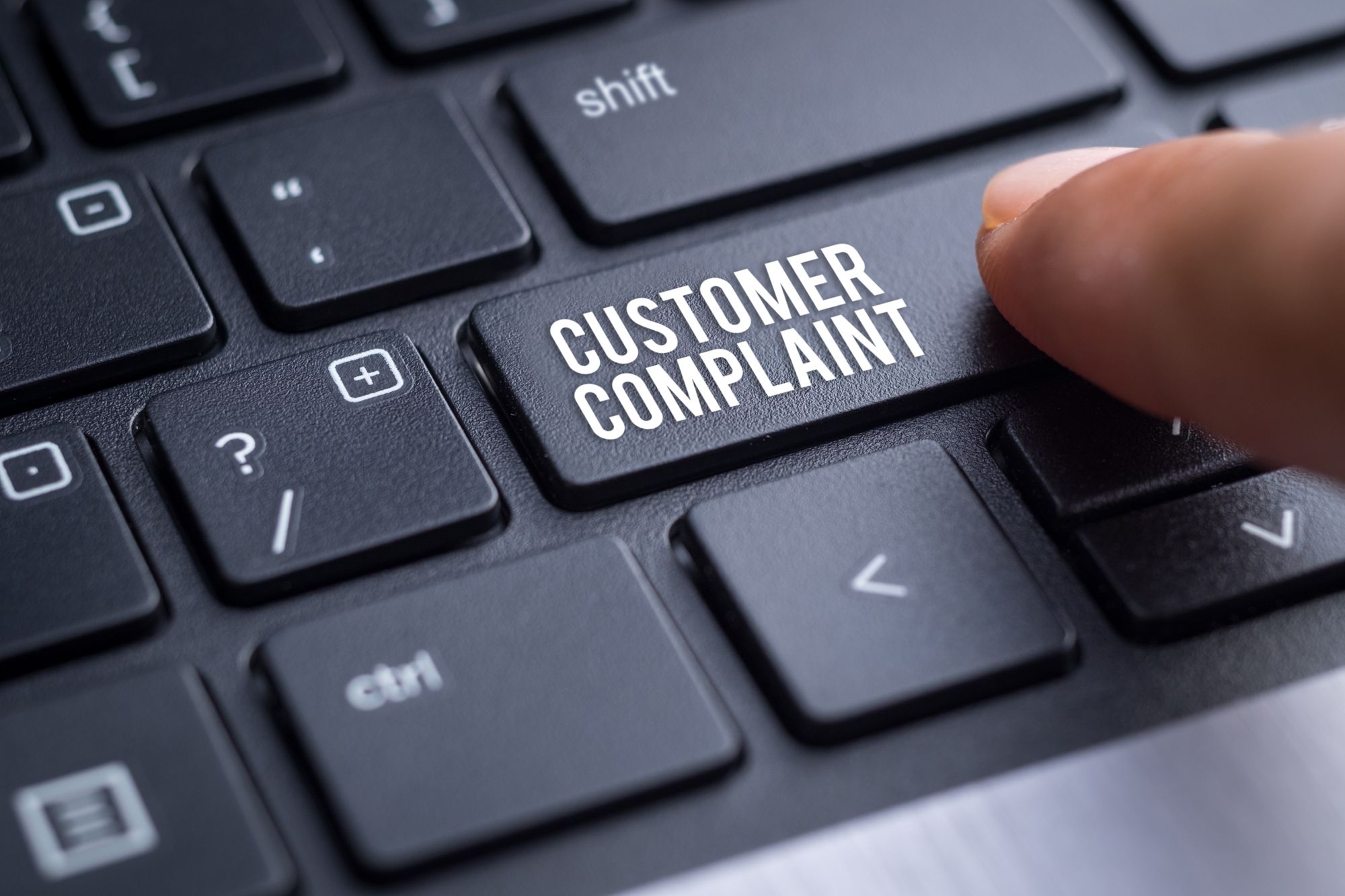Imagine waking up to find your Amazon seller account suspended. Your products, once visible to millions, are now hidden. Your sales, once thriving, are now nonexistent. This isn’t just a setback; it’s a nightmare for any business relying on Amazon as a primary sales channel.
Why does this happen? What can you do to prevent it? And if it does happen, how can you recover? Understanding these questions is crucial. Knowing the reasons behind suspensions and how to bounce back can mean the difference between a temporary hiccup and a business-ending catastrophe.
In this guide, we will explore the common reasons for Amazon seller account suspensions and provide practical steps for recovery. Whether you’re a seasoned seller or just starting, this information is vital. So, let’s dive in and ensure you’re prepared for any challenges that come your way. Are you ready to safeguard your business? Let’s get started.
Common Reasons for Amazon Seller Account Suspensions
Policy Violations

Amazon is strict about its policies. Selling counterfeit or restricted products? That’s a big no-no. Infringing on intellectual property rights? Another red flag. Deceptive practices? You’re asking for trouble. Amazon wants to keep its marketplace safe and reliable. Break the rules, and you’re out.
Poor Performance Metrics

Amazon monitors your performance closely. They look at your order defect rate (ODR), late shipment rate (LSR), and pre-fulfillment cancel rate (PFC). If these numbers are too high, you’re in danger. Keep your ODR below 1%, your LSR under 4%, and your PFC under 2.5%. Falling short? You might find yourself suspended.
Customer Complaints

Negative feedback can hurt. Complaints about product quality or poor customer service? They add up. Amazon listens to its customers. Too many complaints, and they’ll take action. Ensure your products are top-notch and your customer service is stellar.
Manipulating Reviews
Think about buying or incentivizing positive reviews? Think again. Amazon has zero tolerance for this. They want genuine feedback. Manipulating reviews can get you suspended. Play fair, and you’ll stay safe.
Multiple Accounts
Operating multiple seller accounts without Amazon’s permission is risky. Amazon tracks this closely. If they catch you, suspension is likely. Stick to one account unless you have explicit permission for more.
In short, follow the rules. Keep your metrics in check. Provide excellent customer service. Play fair with reviews. Stick to one account. These steps can help you avoid suspension.
But what if you do get suspended? Don’t panic. There are steps you can take to recover. Let’s explore those next.
Immediate Steps to Take After Suspension
So, your Amazon seller account is suspended. What now? First, don’t panic. This isn’t the end. It’s a hurdle, and you can overcome it.
Read the Suspension Notice
Start by reading the suspension notice carefully. Amazon will tell you why your account is suspended. It might be due to policy violations, poor performance metrics, customer complaints, or something else. Understand the specific reasons. This is crucial. You can’t fix what you don’t know.
Gather Information
Next, gather all relevant information. Collect your order details, performance metrics, and customer communications. Look at your inventory, check your shipment records, and review your customer feedback. This data will help you understand the scope of the issue. It will also be useful when you create your plan of action.
Assess the Damage
Now, assess the damage. How has the suspension affected your sales? What about your customer relationships? Consider your overall business operations. This step is important. It helps you understand the impact and prioritize your recovery steps.
Create a Plan of Action
Finally, create a detailed plan of action (POA). This is your roadmap to recovery. Outline the steps you will take to address the issues. Be specific. For example, if your suspension was due to late shipments, explain how you will improve your shipping processes. If it was due to customer complaints, detail how you will enhance your customer service. Your POA should include:
- Root Cause Analysis: Identify the main reasons for your suspension.
- Remediation Steps: Explain the actions you have taken to correct the issues.
- Preventive Measures: Describe how you will prevent these issues from happening again.
Keep your POA clear and concise. Amazon appreciates straightforward communication. Avoid jargon and stick to the facts.
In summary, when faced with a suspension, take immediate steps. Read the notice, gather information, assess the damage, and create a solid plan of action. This approach will help you navigate the suspension and get your account reinstated.
Remember, this is a setback, not a defeat. Stay focused, stay calm, and take action. Your business depends on it. Now, let’s move on to crafting a persuasive appeal letter.
Crafting a Persuasive Appeal Letter
So, you’ve gathered your information and assessed the damage. You have a solid plan of action. Now, it’s time to craft your appeal letter. This is your chance to communicate with Amazon and get your account reinstated. But how do you write a letter that stands out? How do you make sure Amazon listens? Let’s break it down.
Structure
First, focus on the structure. A good appeal letter has three key elements: root cause analysis, remediation steps, and preventive measures.
Root Cause Analysis: Start by identifying the main reasons for your suspension. Be honest. If you made a mistake, admit it. Amazon appreciates transparency. Explain what went wrong and why. For example, if your suspension was due to late shipments, detail the factors that caused the delays.
Remediation Steps: Next, explain the actions you have taken to correct the issues. Be specific. For instance, if you had late shipments, mention how you’ve improved your logistics. Did you hire more staff? Did you streamline your processes? Provide concrete examples.
Preventive Measures: Finally, describe how you will prevent these issues from happening again. This shows Amazon that you are serious about compliance. Outline the steps you will take to ensure ongoing adherence to their policies. For example, implementing regular training sessions for your team or upgrading your inventory management system.
Tone and Language
Keep the tone professional. Be concise and to the point. Avoid jargon and complex language. Use short sentences. Hemingway’s style works well here. Simple, direct, and clear.
Supporting Evidence
Include supporting evidence. This strengthens your case. Attach invoices, customer communication records, and quality control documentation. These documents provide proof of your efforts and improvements. They show Amazon that you are committed to resolving the issues.
Review and Edit
Before you submit, review and edit your letter. Check for clarity and accuracy. Make sure there are no grammatical errors. A well-written letter reflects professionalism and attention to detail.
Example
Here’s a simple example to guide you:
Subject: Appeal for Account Reinstatement – [Your Seller ID]
Dear Amazon Seller Performance Team,
I am writing to appeal the suspension of my seller account. I understand that my account was suspended due to late shipments. I take full responsibility for this issue and have taken immediate steps to address it.
Root Cause Analysis:
The delays were caused by a temporary staffing shortage and outdated inventory management practices.
Remediation Steps:
I have hired two additional staff members to handle order processing.
I have updated our inventory management system to ensure real-time tracking.
Preventive Measures:
Regular training sessions for the team to ensure compliance with Amazon’s shipping policies.
Monthly reviews of our logistics processes to identify and address potential issues promptly.
Attached are the supporting documents, including staff training logs and the updated inventory system report.
I am committed to maintaining high standards and ensuring that such issues do not recur. I appreciate your consideration and look forward to your positive response.
Sincerely,
[Your Name]
[Your Contact Information]
In conclusion, crafting a persuasive appeal letter is about being honest, clear, and proactive. Address the root cause, outline your remediation steps, and show your commitment to preventing future issues. Attach supporting evidence and review your letter before submission. This approach increases your chances of getting your account reinstated. Stay focused, stay calm, and take action. Your business depends on it. Now, let’s move on to monitoring and maintaining compliance post-reinstatement.
Seeking Professional Help
When should you consider seeking professional help? If your appeals have been rejected multiple times or if the suspension reasons are complex and unclear, it might be time to bring in an expert. Professional services can offer several benefits.
- Expertise: Professionals specializing in Amazon suspensions have extensive experience dealing with various suspension types. They understand Amazon’s policies inside and out and can provide tailored advice for your situation.
- Efficiency: Professionals can expedite the appeal process. They know what Amazon is looking for in an appeal and can help you craft a compelling and effective plan of action. This can save you time and increase your chances of a successful reinstatement.
- Stress Reduction: Navigating a suspension can be stressful and time-consuming. By delegating the task to an expert, you can focus on other aspects of your business while they handle the reinstatement process.
When choosing a professional service, look for ones with a proven track record, positive reviews, and clear communication. Ensure they understand your specific case and can offer personalized support.
In summary, seeking professional help can be a smart move if you’re facing a complex suspension or have struggled to get reinstated on your own. Their expertise, efficiency, and ability to reduce stress can be invaluable in navigating the reinstatement process.
Preventing Future Suspensions
Once your account is reinstated, it’s crucial to prevent future suspensions. This involves ongoing vigilance and adherence to Amazon’s policies. Here are some key steps:
- Stay Updated: Regularly review Amazon’s policies and guidelines. Amazon frequently updates its rules, and staying informed can help you remain compliant.
- Monitor Performance Metrics: Keep a close eye on your performance metrics, such as ODR, LSR, and PFC. Aim to maintain them well within Amazon’s thresholds.
- Enhance Customer Service: Provide excellent customer service to minimize complaints and negative feedback. Respond promptly to customer inquiries and resolve issues quickly.
- Quality Control: Implement strict quality control measures to ensure your products meet Amazon’s standards. Regularly review your inventory for compliance with Amazon’s policies.
- Regular Training: Conduct regular training sessions for your team to ensure they understand and adhere to Amazon’s policies and procedures.
- Audit Your Account: Periodically audit your account to identify and address potential issues before they escalate.
In conclusion, preventing future suspensions involves staying informed, monitoring performance metrics, enhancing customer service, maintaining strict quality control, conducting regular training, and auditing your account. These steps can help you maintain a healthy seller account and avoid future suspensions.
By understanding the reasons behind suspensions, taking immediate action, crafting a persuasive appeal letter, considering professional help when needed, and implementing preventive measures, you can recover from an Amazon seller account suspension and ensure long-term success. Stay proactive, stay compliant, and continue to provide excellent products and services to your customers. Your business depends on it.
FAQs
Q1: How long does it take for Amazon to review an appeal?
A1: Amazon typically takes 48 hours to several weeks to review an appeal, depending on the complexity of the case.
Q2: Can I open a new account if my current one is suspended?
A2: No, opening a new account without Amazon’s permission can lead to further penalties. Focus on reinstating your current account.
Q3: What should I do if my appeal is rejected?
A3: Carefully review Amazon’s feedback, revise your plan of action, and resubmit. If needed, consider seeking professional help.
Q4: How can I prevent future suspensions?
A4: Follow Amazon’s policies, maintain high performance metrics, provide excellent customer service, and regularly review your account’s health.
Q5: Is professional help worth it for account reinstatement?
A5: Yes, especially if your appeal has been rejected multiple times or if the suspension reasons are complex. Professionals can expedite the process and improve your chances of success.